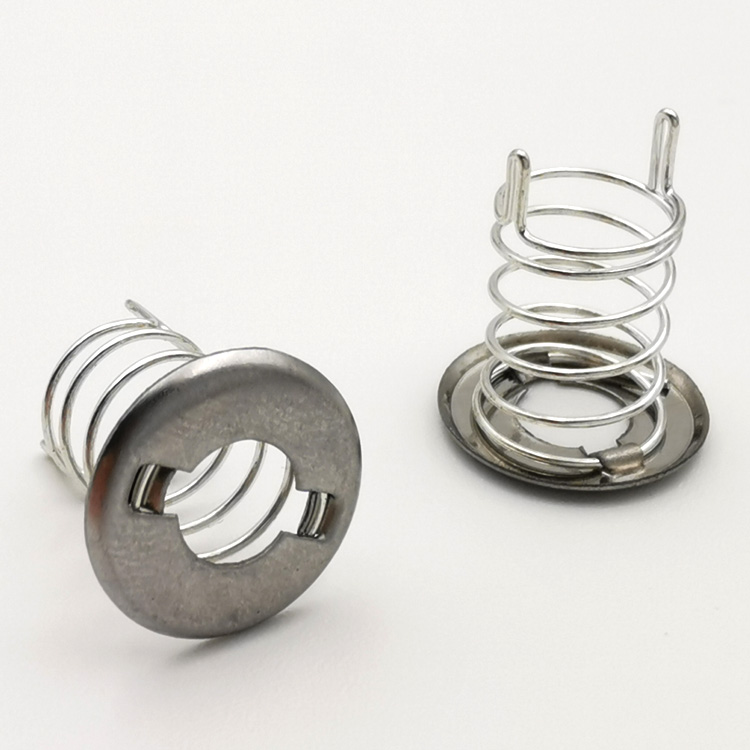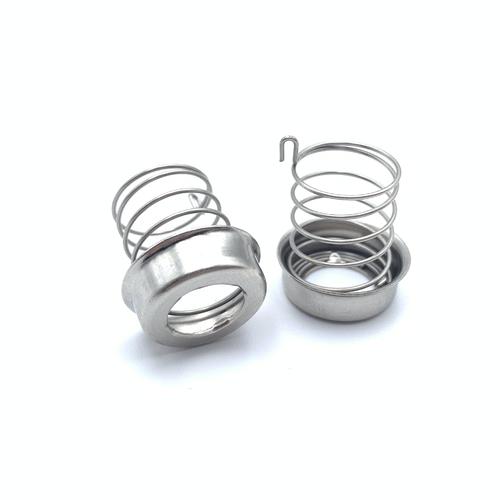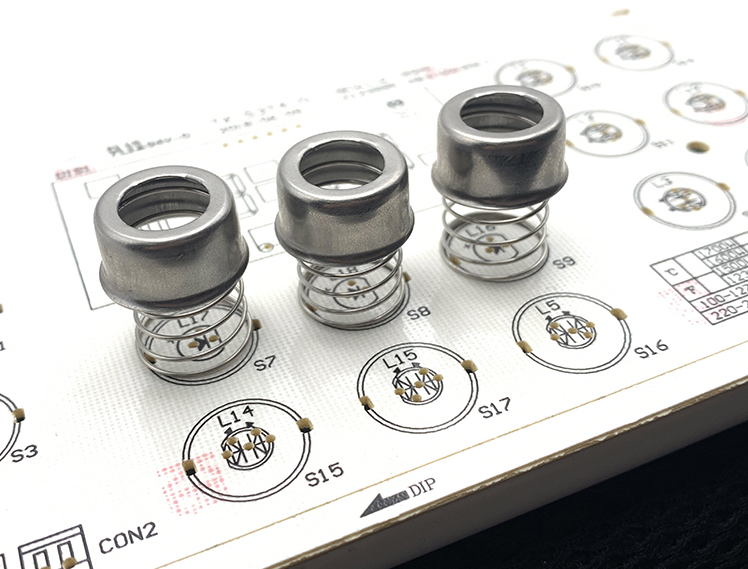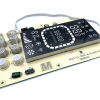
Touch Button Spring: Everything You Need to Know
Are you curious about touch button springs and how they work? If so, you've come to the right place! In this article, we'll cover everything you need to know about touch button springs, from what they are to how they work, their applications, and more. So let's dive right in!
What is a Touch Button Spring?
A touch button spring is a type of mechanical switch that is activated by physical touch or pressure. It is made up of a spring-loaded contact mechanism that, when pressed, completes an electrical circuit. Touch button springs are commonly used in electronic devices, as they provide a simple and reliable way to activate a switch without the need for a physical button.
How Does a Touch Button Spring Work?
Touch button springs work on the principle of a mechanical switch. When a force is applied to the spring-loaded contact mechanism, the switch completes an electrical circuit, allowing current to flow through. When the force is removed, the spring returns to its original position, breaking the circuit and turning off the device.
Types of Touch Button Springs
There are three main types of touch button springs: metal dome, coil, and leaf. Let's take a closer look at each one.
Metal Dome Touch Button Springs
Metal dome touch button springs are the most common type of touch button spring. They consist of a thin metal dome that is placed over a contact pad on a printed circuit board. When the dome is pressed, it collapses, completing the circuit and activating the switch.
Coil Touch Button Springs
Coil touch button springs consist of a coil spring that is attached to a contact plate. When the spring is compressed, the plate makes contact with a contact pad on a printed circuit board, completing the circuit.
Leaf Touch Button Springs
Leaf touch button springs are similar to coil touch button springs, but they use a flat, leaf-shaped spring instead of a coil spring. When the spring is compressed, it makes contact with a contact pad on a printed circuit board, completing the circuit.
Advantages of Touch Button Springs
Touch button springs offer several advantages over other types of switches. They are:
- Compact and lightweight
- Simple and reliable
- Long-lasting
- Easy to activate with a light touch
- Resistant to dust and moisture
Applications of Touch Button Springs
Consumer Electronics
Touch button springs are commonly used in consumer electronics such as smartphones, tablets, and remote controls. They provide a simple and reliable way to activate a switch without the need for a physical button.
Medical Devices
Touch button springs are also used in medical devices such as blood glucose monitors and insulin pumps. They provide a hygienic and reliable way to activate a switch without the need for physical contact.
Automotive Industry
Touch button springs are used in the automotive industry for various applications, including dashboard controls and steering wheel buttons. They provide a compact and reliable way to activate switches in the car without the need for bulky buttons.
Industrial Automation
Touch button springs are also used in industrial automation, for example, in control panels and machinery. They offer a simple and reliable way to activate switches in a dusty or dirty environment where traditional buttons might fail.
How to Choose the Right Touch Button Spring for Your Application
Material Selection
Touch button springs can be made from a variety of materials, including stainless steel, phosphor bronze, and nickel silver. The material you choose will depend on your specific application requirements, such as conductivity, durability, and resistance to corrosion.
Force and Travel Requirements
The force and travel requirements of your application will also determine the type of touch button spring you need. For example, if you need a switch that can be activated with a light touch, a metal dome touch button spring may be the best choice. If you need a switch that requires a higher force to activate, a coil or leaf touch button spring may be more appropriate.
Environmental Conditions
The environmental conditions of your application, such as temperature, humidity, and exposure to dust and moisture, will also play a role in selecting the right touch button spring. Make sure to choose a spring that can withstand the conditions of your application to ensure reliable operation over the long term.
Common Issues with Touch Button Springs
While touch button springs are generally reliable, there are a few common issues that can occur:
Contact Failure
If the contact surface of the spring or the contact pad on the circuit board becomes dirty or corroded, it can cause contact failure. Regular cleaning and maintenance can help prevent this issue.
Durability Issues
Over time, the spring may lose its elasticity, or the metal dome may become dented, which can affect the durability of the switch. Choosing a high-quality touch button spring and following proper maintenance procedures can help extend the life of the switch.
Environmental Damage
Exposure to extreme temperatures, humidity, or corrosive chemicals can damage the touch button spring and affect its performance. Choosing a spring that is designed for your specific environmental conditions can help prevent this issue.
Maintenance and Cleaning of Touch Button Springs
Regular maintenance and cleaning can help extend the life of your touch button spring. Here are some tips for cleaning and maintaining your touch button spring:
- Use a soft, dry cloth to wipe away any dust or debris from the spring and contact pads.
- Use a mild cleaning solution to remove any stubborn dirt or residue.
- Avoid using abrasive cleaners or cloths, as these can damage the spring and contact pads.
- If the spring or contact pads become damaged or corroded, replace the touch button spring.
Conclusion
Touch button springs are a simple and reliable way to activate switches in electronic devices, medical equipment, automotive controls, and industrial automation. By understanding the different types of touch button springs, their advantages and applications, and how to choose the right spring for your specific requirements, you can ensure reliable operation and long-lasting performance.








